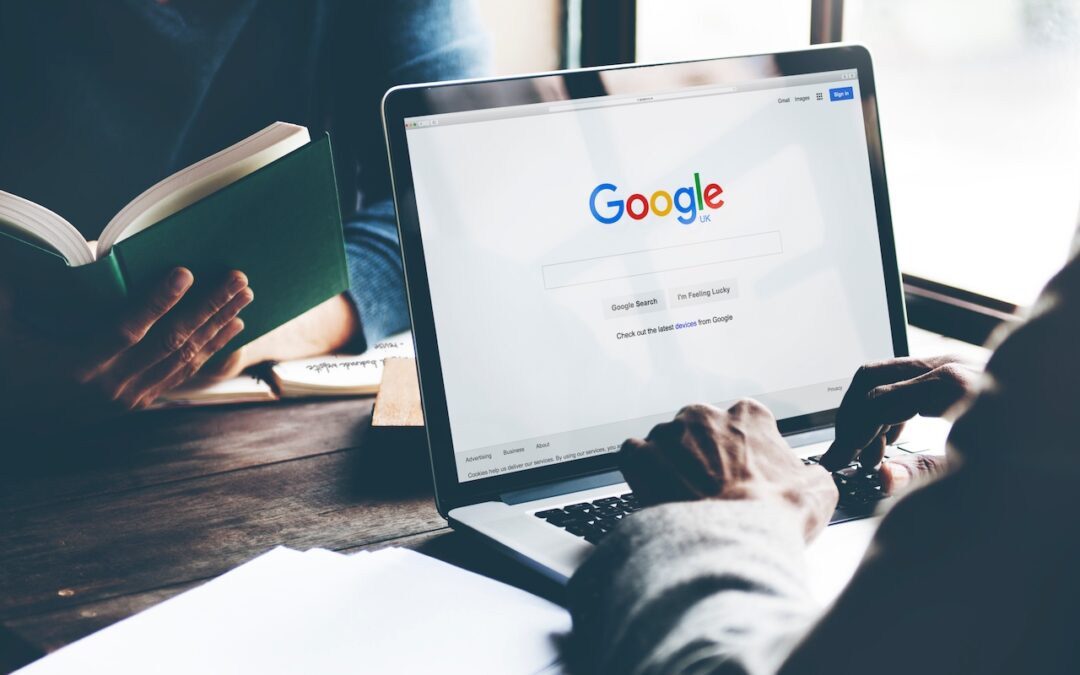
Why You Should Wait 90 Days Before Giving Up on Your Google Ads Campaign
Reading Time: 3 minutesIt’s a common scenario: you invest in Google Ads, expecting immediate results, but those initial weeks don’t quite deliver. Seeing your ad spend climb without a corresponding surge in quality leads can be disheartening. It’s easy to feel the frustration mount and start questioning your approach, or even the capabilities of your agency, especially when the results aren’t immediately apparent. You’ll likely question your strategy, your agency, and even the efficacy of Google Ads itself. It’s tempting to pull the plug early, but here’s why you should wait at least 90 days before making that decision.
Patience Through The Learning Phase
Google Ads learns as it goes. That’s why it needs time – typically a full month is good in the beginning – to figure out what works best for your campaign. During this time, it’s testing different things. If you stop the campaign too soon, it never gets the chance to learn and improve. It’s like learning a new skill, you need to practice before you get good at it. Google Ads is the same way.
Data Collection Takes Time
To make informed decisions, you need a solid amount of data. Metrics like click-through rates (CTR), conversion rates, and cost-per-click (CPC) require time to stabilize and provide meaningful insights. In the first 30 days, the data is often too volatile to draw any concrete conclusions. By waiting 90 days, you’ll have a much clearer picture of what’s working and what’s not.
For example, you might notice that certain keywords perform better during specific times of the day or that a particular ad copy resonates more with your audience. These insights are invaluable for refining your strategy and maximizing your ROI.
Seasonality and External Factors
Depending on your industry, external factors like seasonality, holidays, or market trends can significantly impact your campaign’s performance. A 90-day window allows you to account for these fluctuations and see how your campaign performs under different conditions.
For instance, if you’re running an e-commerce campaign, you might see a spike in sales during the holiday season. Without waiting long enough, you could misinterpret this as a sign of success or failure, depending on when you evaluate the campaign.
Optimization is an Ongoing Process
Google Ads isn’t a “set it and forget it” tool. It requires continuous monitoring and tweaking. Over the course of 90 days, you’ll have multiple opportunities to optimize your campaign. This could involve:
– Adjusting your bidding strategy
– Refining your target audience
– Testing new ad creatives
– Consistently adding negative keywords/checking search terms
Each optimization brings you closer to achieving your goals, but these changes take time to show results.
The Cost of Starting Over
If you give up too soon and start a new campaign, you’re essentially resetting the learning phase. This means you’ll have to go through the entire process again, wasting both time and money. By sticking with your campaign for 90 days, you give it a fair chance to mature and deliver results.
When to Consider Making Changes
While waiting 90 days is crucial, it doesn’t mean you should ignore red flags entirely. If your campaign is hemorrhaging money with no signs of improvement after 30-45 days, it’s worth revisiting your strategy. Are your targeting options too broad? Is your ad copy compelling enough? Use this time to make adjustments, not to abandon ship.
Google Ads Strategist Alex Sanivsky has a comprehensive checklist to go through before switching up your strategy in the first 90 days. You can read through it HERE. If you can check all of those boxes your campaigns probably just need time.
Final Thoughts
Running a successful Google Ads campaign requires patience, persistence, and a willingness to adapt. By waiting 90 days, you give your campaign the time it needs to gather data, optimize, and account for external factors. Remember, Rome wasn’t built in a day—and neither is a high-performing Google Ads campaign.
So, before you hit the pause button, ask yourself: have you given your campaign a fair shot? If not, give it the 90 days it deserves. The results might just surprise you.


Recent Comments